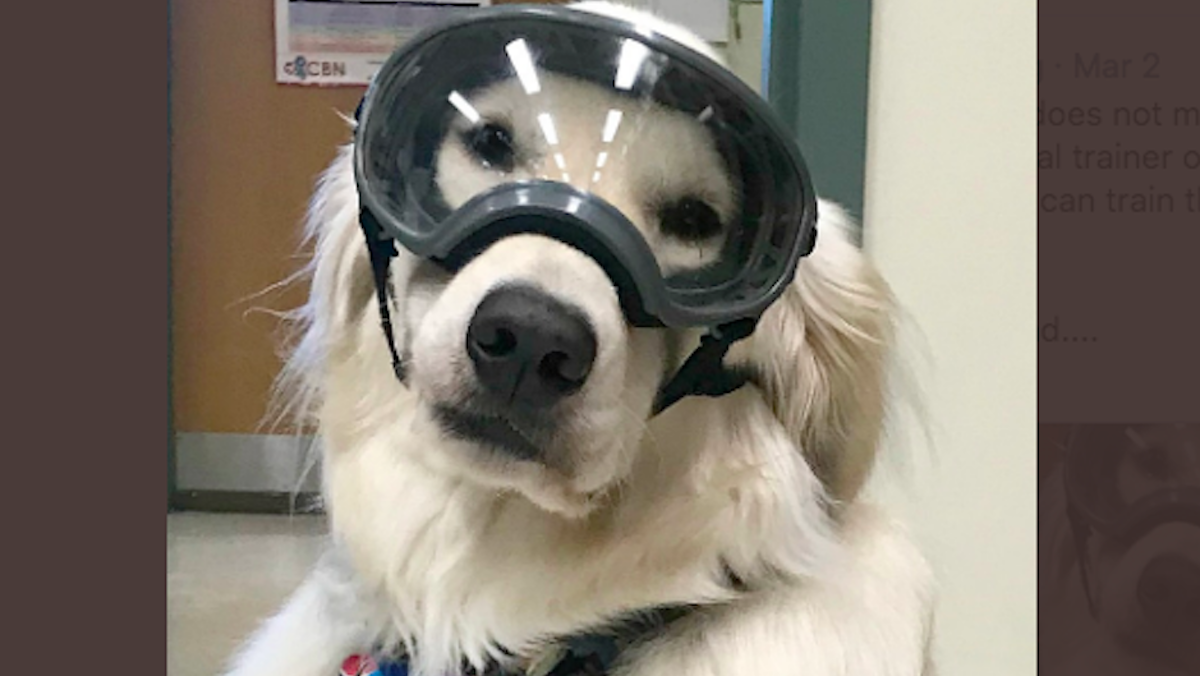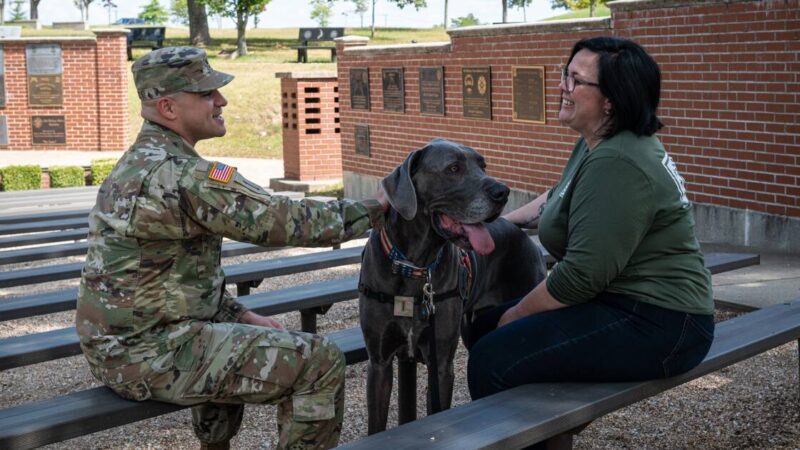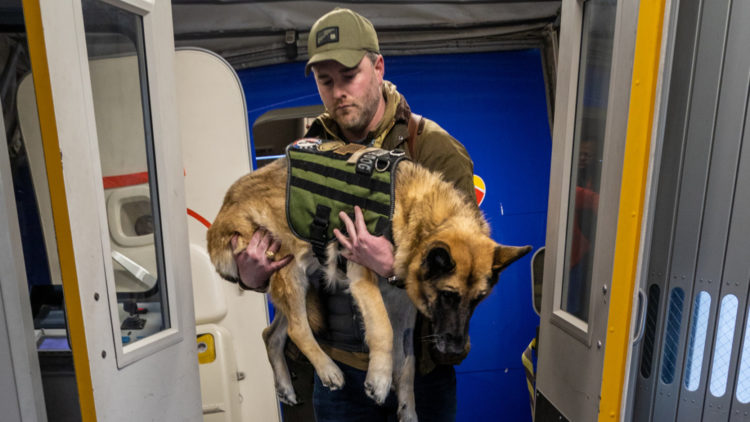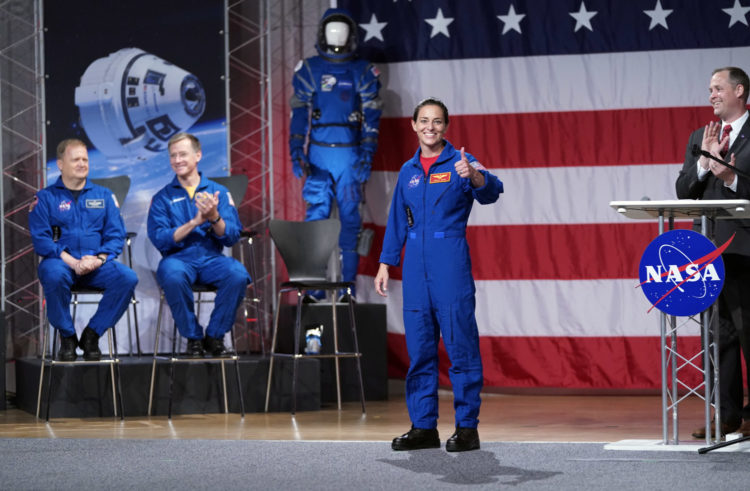Service dog wears PPE to work in the lab with his owner
Service dogs are special animals. In addition to being loyal companions, service dogs work hard to keep their owners healthy and safe. These incredible animals are trained to do everything from opening doors to detecting when a diabetic person’s blood glucose levels change dramatically.
Sampson is one of many service dogs who work side by side with their owners at home and on the job. The golden retriever assists his owner, Joey Ramp, who suffered numerous injuries, including brain trauma, from a serious horse-riding accident in 2006. She is now a neuroscientist pursuing her PhD and she works in a lab that requires her to wear Personal Protective Equipment (PPE).
As Ramp’s constant companion, Sampson joins her in the chemistry laboratory at the University of Illinois. And this requires Sampson to get geared up for work, too.
Sampson has his own Twitter account, where fans can stay up to date on his work life. In this tweet from October 2019, Sampson “explains” how he likes “sciencing,” and he struts his stuff while wearing the same PPE that his human wears.
I like sciencing! I wear the same PPE mom wears. Sometimes we don’t have to wear goggles. Those are days we are writing reports. I still help her everyday though. #servicedog in #science #neuroscience #research #laboratory #molecular #cellular #biology pic.twitter.com/S2TbYTheEu
— Sampson the Service Dog (@sampson_dog) October 9, 2019
Sampson certainly looks adorable in his goggles, lab coat and protective footwear. However, he’s hard at work when he’s at the lab with his owner.
Ramp’s injuries resulted in post-traumatic stress disorder, and they also make it difficult for her to bend down and maintain her balance. So, Sampson is ready and waiting to help his owner when she needs him.
“If I drop something in the lab, he’ll come to my side, and I can use him as a brace to kneel down and pick up what I need,” Ramp told SWNS journalist Brelaun Douglas.
Ramp worked with Sampson regularly to get him acclimated to wearing the PPE necessary for lab work. This requires regular exposure to the gear to keep Sampson comfortable with it.
“If we’re not in the lab for a while, I’ll put the goggles on and we’ll go out and play frisbee and he’ll run around,” Ramp said.
In addition to her work in the lab, Ramp is also a disability advocate. She (and Sampson) often take to Twitter to spread awareness about people with disabilities, service dog training and more.
The American’s with Disabilities Act (ADA) does not mandate that a service dog (SD) be trained by a professional trainer or by an SD training organization. Per federal law, any individual can train their own service dog.
The question is though – should you? Thread….#dogs pic.twitter.com/LGThbCO1O0
— Sampson the Service Dog (@sampson_dog) March 2, 2021
Specifically, Ramp hopes that Sampson’s work will open doors for other service dogs and their owners in the science workforce.
“People with disabilities do want to study science, and to look at people with disabilities and service dog handlers with a view of making things more accessible to them is really important and it’s time,” she said.






